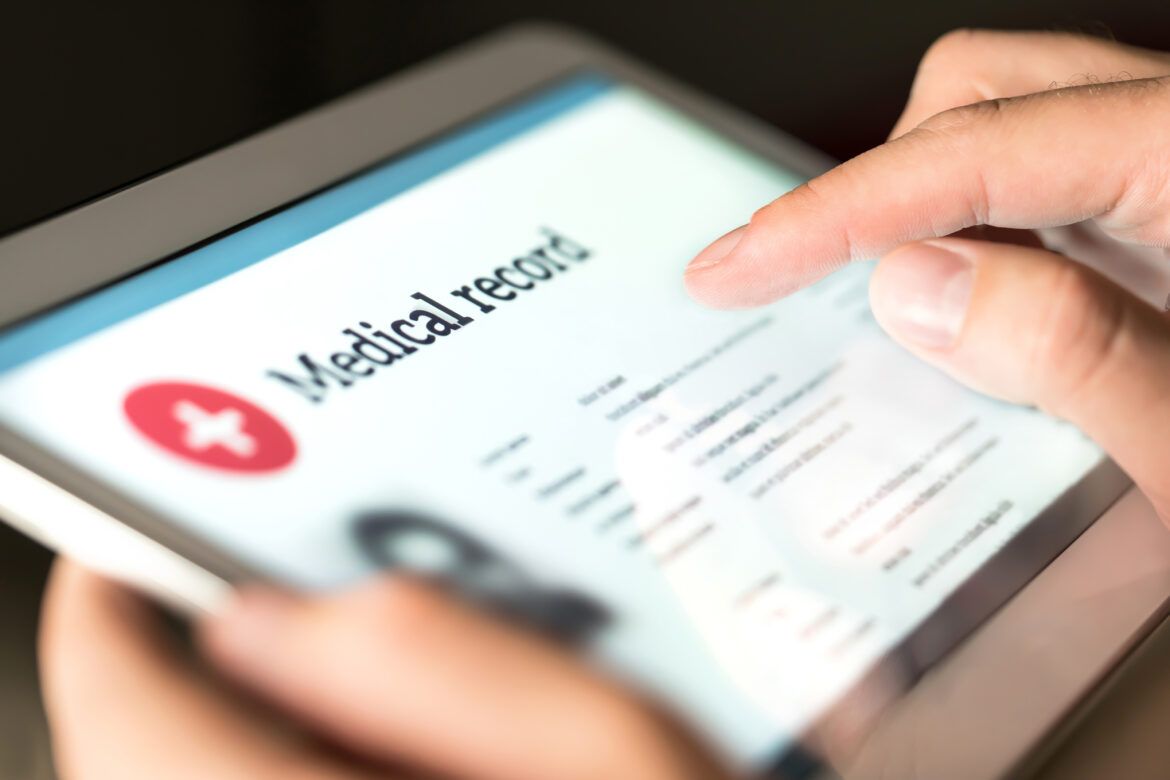During the next five years, Nf2f clinics will provide a significant change in the way some people experience outpatient care. As such, it’s important that you clearly communicate how this will affect them and their care.
Patients offered Nf2f appointments must make an informed decision about whether they consent to receiving care through this new model.
What kind of information should we give patients?
There are a number of key questions that your patients will want answered before being managed within an Nf2f clinic. During your preparation for Nf2f implementation, think about how you will answer these questions and communicate information to patients in advance. You may wish to consider developing frequently asked questions to support this information for patients. These FAQs could include the following (this is not an exhaustive list):
- What are Nf2f clinics?
- Why do you want to manage me in a Nf2f clinic?
- What will this mean for me and my care?
- How will the Nf2f clinic work?
- When will the new service start?
- What if I prefer a face-to-face appointment?
- Will my data be safe?
- Where can I find more information about this service?
- Who can I contact if I have any questions about the service?
Are there any accessibility considerations when we communicate with patients?
Accessibility is another important consideration when you communicate with patients.
The Accessible Information Standard sets out how health and social care services must, by law, meet the information and communication needs of people who can access their services.
Whether before, during, or after the transition to an Nf2f pathway, you must ensure that all your communications are accessible and clear.
The standard also gives rights to people who have information and communication needs due to a disability, impairment or sensory loss, as well as parents and carers.
This has significant implications for all Nf2f models, as healthcare professionals review or give advice on care without the patient being present. This has an impact on being able to assess an individual’s accessibility needs. For this reason, you must ask the patient a number of questions to determine their requirements.
Below are four key questions that providers must ask their patients:
- What is the best way to contact you?
- What’s the best format for you to receive information?
- Do you need a communication professional for your appointments?
- Are there any other ways we can support communication with you?
Depending on your Nf2f model, you should also take time to consider the digital literacy of your patients, as well as their access to the internet and digital platforms. A lack of digital skills is associated with poorer health outcomes. In certain Nf2f models, this could be a barrier for some patients who may require alternative arrangements.

Are there any examples of existing patient communications regarding Nf2f clinics?
Here’s a few examples of patient information leaflets, informing them about the move to Nf2f clinical management and its implementation:
University Hospital, Southampton: virtual fracture clinic
Royal Free Hospital: fracture clinic
What is the best way to communicate with patients who are managed via Nf2f clinics?
With the delivery of these new models of care, we must continue to treat patients with compassion, respect and honesty. Communication with patients plays a significant role in this process and is especially relevant when patients are being managed within Nf2f pathways.
When you manage patients in Nf2f clinics, there are a number of ways to communicate clinical feedback with them. In fact, each Nf2f model will have its own individual communication requirements.
For example, you may determine that the best communication method is any, or a combination, of the following:
- Letter
- Text messages
- Online portals
- Communication via the GP
- Telephone
- Video consultation
Engage with your patients to determine how best to approach this. Their feedback will help you make an informed decision and ensure that you communicate in a manner most appropriate for the patients you’re managing through Nf2f clinics.
For example, you may wish to engage with patient participation groups at a GP practice level, or with support groups associated with specific conditions.
Some considerations when engaging with patients may be:
Receiving information
What would be the best way to communicate with you when receiving information from the doctor about the management of your condition through Nf2f?
Providing feedback
As a patient, how would you like to provide feedback and have contact with the clinic? This includes how you might re-enter a f2f service if it’s appropriate.
GP support
What role should your GP play in supporting the Nf2f clinic?
Sensitive information
How would you like to be contacted if the doctor needs to discuss sensitive information regarding your condition and management?
NHSE have produced a range of bite-sized guides to participation that cover a range of topics such as planning for participation, the principles of participation, and running focus groups for patient and public engagement. You may find these guides useful when planning engagement activities for Nf2f clinics.
What do patients think about Nf2f clinics?
We held a patient workshop with several patient and public representatives to better understand their views on Nf2f clinics and communication. The following topics were highlighted as important to consider:
- Ensuring that patients have access to the information arising from their Nf2f clinics – for example, notes or recordings.
- Reassurance that the information shared between systems is accurate and shared safely.
- The benefits of Nf2f clinics are clearly communicated and shared with patients.
- Patients and the public are involved early when it comes to the commissioning of new services, service design or considering how best to communicate.
- Patients are reassured that the standard of care delivered by Nf2f clinics is on a par with face-to-face care.
- Reassurance that Nf2f clinics would not be outsourced to companies outside of the UK.